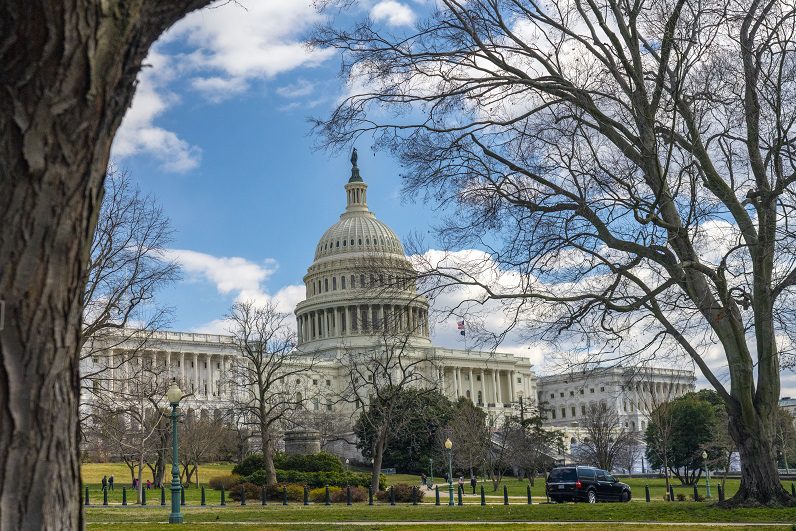When discussing the Washington Consensus, it is also important that we discuss Neoliberalism. Basically, neoliberalism is not a big theory. This theory was born from a combination of several contemporary anti-investment theories which were developed in certain historical, political and institutional contexts.
Neoliberalism
Many people who are unfamiliar with economic theory think that neolibism is a freer form of liberalism or the free market. In fact, neolib can not be understood that simple.
Neolib is a new form of modification or development of the economic system of liberalism and capitalism. This theory reawakens the ideas of classical economics advocating free markets, individual freedom, and state intervention in the economy.
Neoliberalism is a collection of theories regarding the relationship between countries, markets, individuals and communities that interact with each other in an economic system based on capitalism.
In connection with the development of neoliberalism, the World Bank, IMF, and the US Treasury agreed to generalize these various theories in one policy package.
This policy package is known as the Washington Consensus, which is taken from the form of theory development and its successful application in developed countries. This Washington Consensus also became the trigger for the birth of neoliberalism which is unique and known today.
Initially, the Washington Consensus was only an agreement between politicians, congress, government agencies, the US Central Bank, and also international financial institutions related to the way of economic recovery in developing countries.
the Washington Consensus policy
In order to understand what the policies implemented according to the Washington Consensus are, it will be easier if we look at the 10 policy points formulated by John Williamson.
According to John Williamson, an economist, the 10 points of the Washington Consensus policy are as follows:
1. Fiscal Discipline
Fiscal discipline is basically a very important thing to do. Almost every country implements a budget deficit system to balance the balance of payments crisis and high inflation rates.
This condition is often experienced by poor countries because many rich people in their countries prefer to save their money abroad.
2. Public Expenditure Priority
Public spending must be assessed on a clear priority scale. In this case, Consensus chose to allocate government spending on pro-poor programs. These include subsidies for health and education.
3. Tax Reform
Tax reform is carried out by creating a model that combines a broad tax base with a low tax rate.
4. Interest Rate Liberalization
The liberalization of interest rates is carried out by implementing a system of interest rates that are free and only determined by the market and are positive in real terms.
5. Competitive Exchange Rate
6. Trade Liberalization
Liberalization in trade was carried out, especially in the case of the abolition of single licenses and tariffs.
7. Liberalization of Foreign Direct Investment
8. The privatization of State-Owned Enterprises (SOEs)
9. Deregulation
This deregulation was carried out by eliminating regulations that hinder competition, except for maintaining security, the environment, consumer protection, and supervision of financial institutions.
10. Property Rights Protection
Property rights define the theoretical and legal ownership of resources and how they can be used. These resources can be both tangible or intangible and can be owned by individuals, businesses, and governments.


